Zambia is a wildlife jewel right in the heart of southern Africa. It’s renowned as an extraordinary and diverse safari destination, and one of Africa’s best destinations for walking safaris. And, with a treasure trove of feathered wonders to satisfy any birdwatcher’s demands, Zambia is a focal point for birding safaris.
Whether you’re exploring the rainforest of Victoria Falls, the wetlands of Bangweulu and Kasanka National Park, or the remote bush of South Luangwa, here are 10 birds you can spot on your Zambian safari.
1. African Fish Eagle (Icthyophaga vocifer)

Arguably Africa’s most iconic bird of prey, this majestic raptor is noted for its vibrant and contrasting white, chestnut, and black plumage. Its evocative, echoing call has become emblematic of the African wilderness.
It’s often observed on a high perch next to a water habitat from whence it swoops down to snatch its prey from the water. Its hooked beak and powerful talons are ideal for catching fish, although it also takes waterbirds and will eat carrion. As a kleptoparasite, it often helps itself to the prey of other birds, especially other fishing birds like the osprey.
Habitat: Predominantly found along rivers, lakes, reservoirs, and other water bodies throughout southern Africa.
Interesting Fact: The African fish eagle is Zambia’s national bird and appears on the country’s coat of arms.
2. Southern Carmine Bee-Eater (Merops nubicoides)

These are gorgeous birds with vibrant carmine-pink plumage, greenish-blue crowns, and long tail feathers. Their black beaks are pointed and slightly curved, and they also have a prominent black facial mask.
They’re diurnal birds that feed on flying insects like bees, wasps, butterflies, locusts, and dragonflies, which they skilfully catch in mid-flight. They commonly nest in burrows in sandy riverbanks and you can often find hundreds in one place.
Habitat: They inhabit a variety of landscapes, including savannahs, grasslands, and riverine areas.
Interesting Fact: These birds are known for their dramatic aerial acrobatics while catching their prey in mid-air.
3. Pel’s Fishing-Owl (Scotopelia peli)

A large, handsome, ginger-coloured owl with no ear tufts and inky black eyes, Pel’s fishing owl is top of the wishlist for many birders. They have an impressive wingspan of about 1.5 m, making them some of the largest owls in the world.
They’re nocturnal and known for being extremely elusive, which is part of their allure. You’ll have to trust your safari guide to track one down, and you’ll stand the best chance along riverbanks with overhanging trees. South Luangwa National Park is renowned as a location for observing Pel’s fishing owls in Zambia.
Habitat: Riverine forests, lakesides, and mangrove swamps where large overhanging trees offer suitable perches for them.
Interesting Fact: This elusive nocturnal bird is one the most sought-after birds on many bird watchers’ bucket lists.
4. Lilian’s Lovebird (Agapornis lilianae)
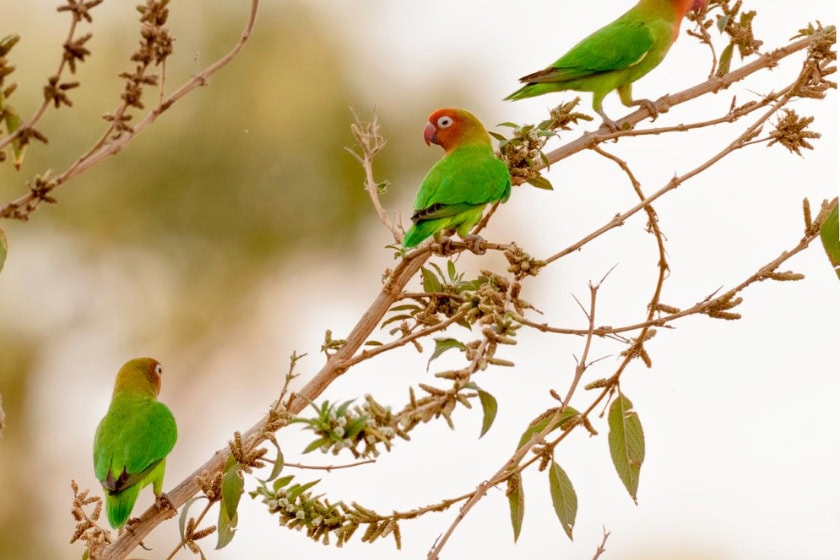
These are small, vibrantly coloured, very busy little parrots with bright green bodies, orange upper chests, and blue rumps. Their white eye rings give them a distinctive alert appearance. They’re endemic to southern Africa and in Zambia occur in various areas, most notably in the Luangwa Valley.
However, these appealing birds are endangered due to habitat loss and the illegal pet trade. Numbers vary, but some sources put their numbers as low as 10,000 surviving in the wild. Lovebirds are highly sociable birds and they’re often seen engaging in social activities like bathing and preening each other.
Habitat: They frequent woodlands, particularly in areas with abundant water.
Interesting Fact: They’re known as “lovebirds” because they form monogamous pairs and spend long periods sitting closely together.
5. Saddle-billed Stork (Ephippiorhynchus senegalensis)

A tall, really striking-looking bird with a black and white neck and body, the saddle-billed stork is common throughout much of southern Africa. Its distinctive long bill has red, black, and yellow colours, and has a distinctive saddle-shaped shield at the top. They also have long red legs and a bright yellow ring around their eyes.
They feed on fish, frogs, small mammals, insects and reptiles. Good areas in Zambia to see them include Liuwa Plains National Park, the Barotse floodplains, and the Kafue Flats. They normally occur in monogamous pairs that build large nests from sticks in trees near water.
Habitat: They have a wide range throughout sub-Saharan Africa, and commonly occur around freshwater marshes, wetlands, and along riverbanks.
Interesting Fact: Lacking vocal muscles, their communication is a non-vocal bill-clattering instead of calls.
6. Wattled Crane (Bugeranus carunculatus)

These supremely elegant birds are the tallest of Africa’s cranes, standing at almost two metres tall. They’re characterised by a white neck and throat, conspicuous wattles, long, pointed bills and long legs, ideal for wading in wetlands and marshes. They have striking black, grey and white plumage, black wingtips and a black “skull cap”.
They’re classified as vulnerable as a result of ongoing habitat loss, mostly caused by agricultural expansion. Often seen foraging for food in wetlands, they feed on water plants, grains, seeds, insects, snails, frogs, fish, and other small vertebrates. In Zambia, the Barotse or Zambezi flood plains are excellent places to see them.
Habitat: Wattled cranes are typically found in wetlands, grassy plains, and open savannahs, with a preference for shallow, freshwater areas
Interesting Fact: These cranes are known for their distinctive trumpeting calls.
7. Chaplin’s Barbet (Lybius chaplini)
Also known as the Zambian barbet, Chaplin’s barbet is endemic to Zambia, meaning it occurs nowhere else in the world. It has a mid-sized white body, red around its eyes, black wings with yellow edges, and a black tail. It has a large head, and a dark, robust bill with bristles.
They often loudly snap their bills, and have a cackling song, but also produce grating, buzzing sounds. They feed on fruits, particularly sycamore figs, but will also feed on cultivated fruit, vegetables, and insects. They occur in South Central Zambia along the Upper Kafue River in the Kalomo District.
Habitat: They’re typically found in open woodlands with sycamore fig trees. They nest in cavities in these trees, where they’ll also excavate nesting holes.
Interesting Fact: This species is named after Sir Francis Drummond Percy Chaplin, Administrator of Southern Rhodesia from 1914 to 1923.
8. African Skimmer (Rynchops flavirostris)
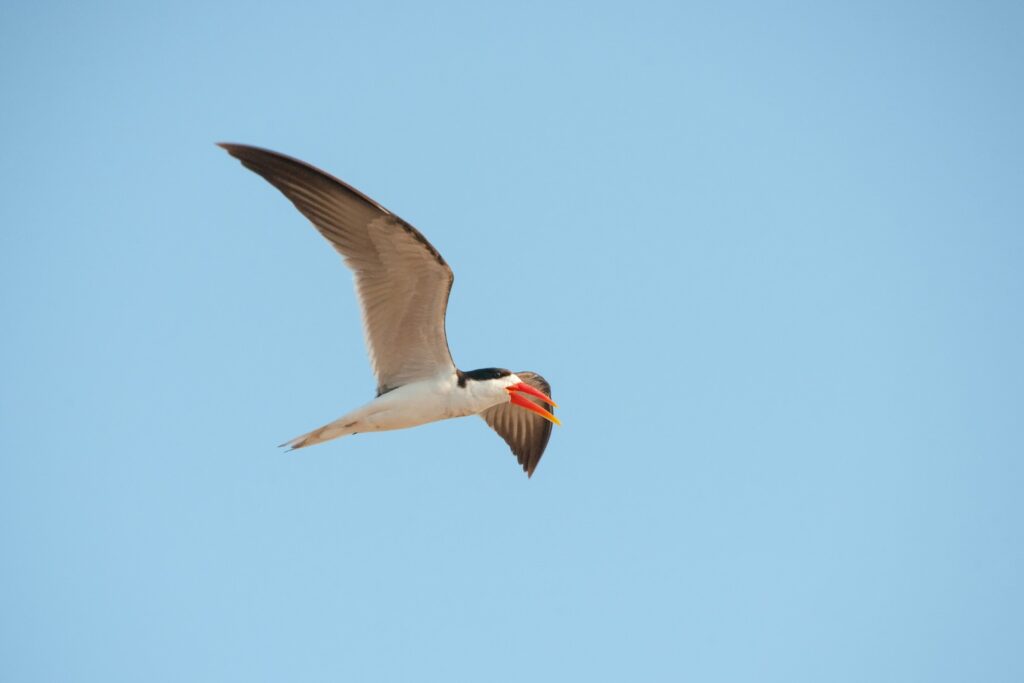
Widespread throughout sub-Saharan Africa, African skimmers are known for their long, brightly coloured, red bills. Their lower mandibles are longer than the upper ones – this allows them to “skim” the surface of water to snatch up small fish.
They have long wings, black on their backs and necks, and a black crown. Their foreheads and the rest of their bodies are white, and they have distinctive black markings around the eyes. They’re monogamous breeders and their courtship displays include wonderful aerial displays much beloved by birders.
Habitat: African skimmers are largely confined to large, dry sandbars in broad tropical rivers and lakes, particularly during the breeding season.
Interesting Fact: They feed by skimming over the water with their lower bills cutting through the surface until it snaps shut on a fish.
9. Shoebill (Balaeniceps rex)

This large, enigmatic bird is named for its massive, hooked, shoe-shaped bill. It’s a large, grey, long-legged wading bird with a somewhat prehistoric look to it reinforced by its extremely piercing eyes. Adults can typically stand up to 1.2 m tall.
They’re generally solitary birds known for their patient, stealthy hunting behaviour. They feed mostly on fish, but will also take small mammals, reptiles, and amphibians. Listed as vulnerable, shoebills are native to large areas in central Africa, including Zambia’s South Luangwa and Kasanka national parks.
Habitat: Swamps, marshes, and wetlands throughout tropical central Africa.
Interesting Fact: Previously classed as a heron, the shoebill’s taxonomy is currently being debated, but it seems the hamerkop, known for its unique mating behaviour, is its closest relative.
10. Bat Hawk (Macheiramphus alcinus)
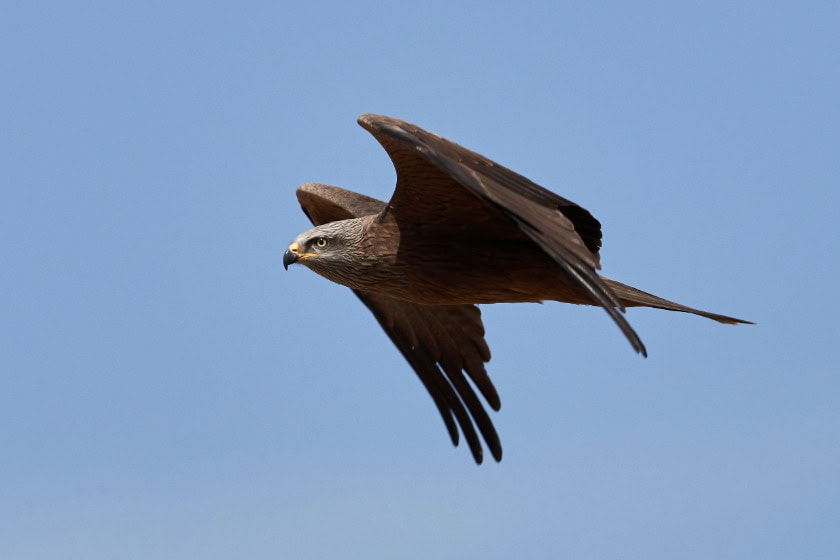
This raptor is a swift and acrobatic aerial predator that specialises in catching bats. It has handsome dark plumage and a distinctive white stripe across the face. Its strong, angular wings and large gape equip it very well for catching and devouring bats on the wing.
It’s a crepuscular hunter, so it mostly hunts at dusk and dawn, though it will hunt at night in good light conditions. It’s generally found near large bat roosts in forested areas.
Habitat: Bat hawks inhabit a variety of landscapes, ranging from rainforests to semi-arid savannahs.
Interesting Fact: The bat hawk’s hunting strategy is unique and impressive. It depends on speed, strength, and agility as it catches its prey mid-air.
Want to see a majestic African fish eagle effortlessly plucking its prey from the water, experience the mesmerising sight of a shoebill standing motionless in the hushed stillness of a swamp as it patiently waits for its prey, or marvel at the jewelled colours of a carmine bee-eater perfectly captured by your camera lens?
At Discover Africa, we know that Zambia is one of the best places in the world to go on a birding safari. So pack your binoculars, charge your camera batteries, and trust us to organize your perfect African birding safari tour.









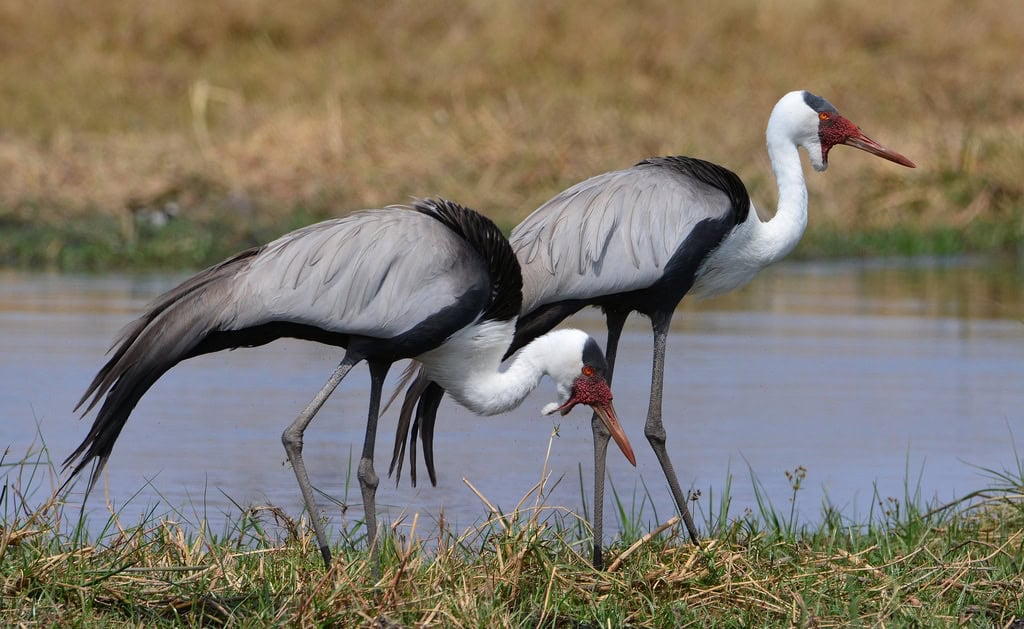


 Blog List
Blog List

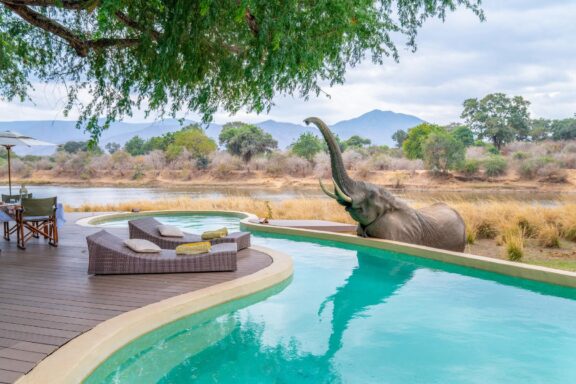
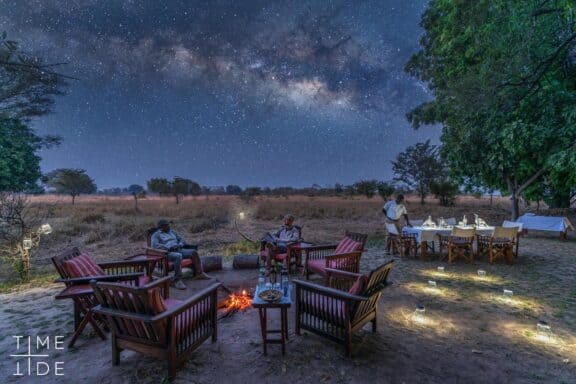











Written by Brendan White
• Travel Writer
Verified by Devryn Panaino
• Africa Safari Expert
Part of the Zambia Safari & Birding Safaris Collections